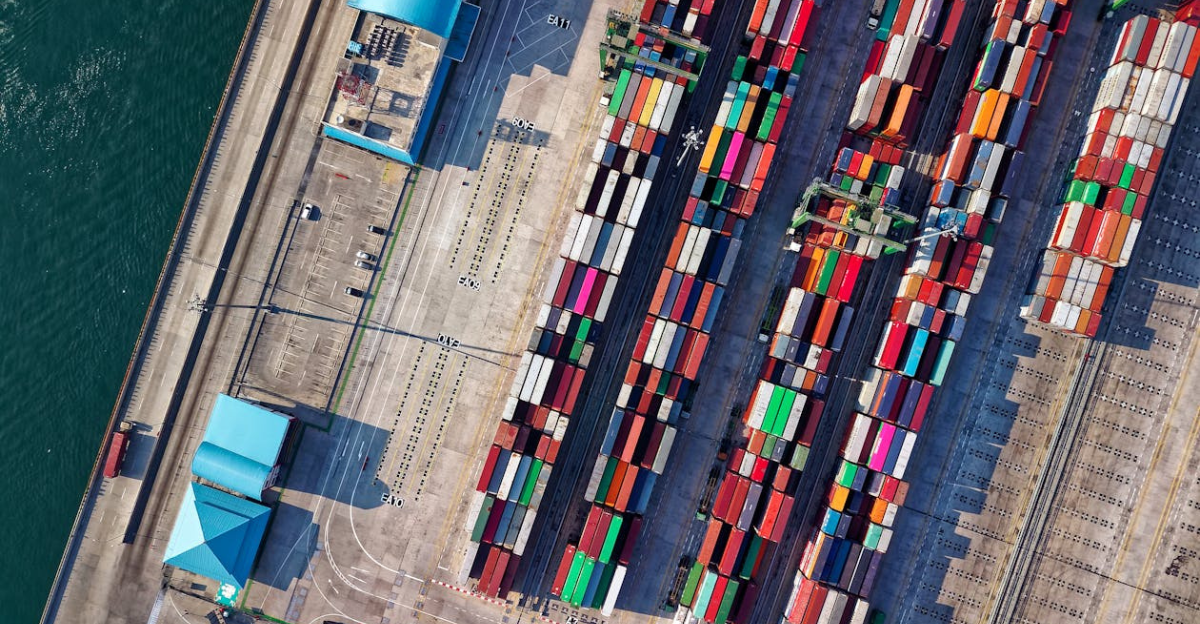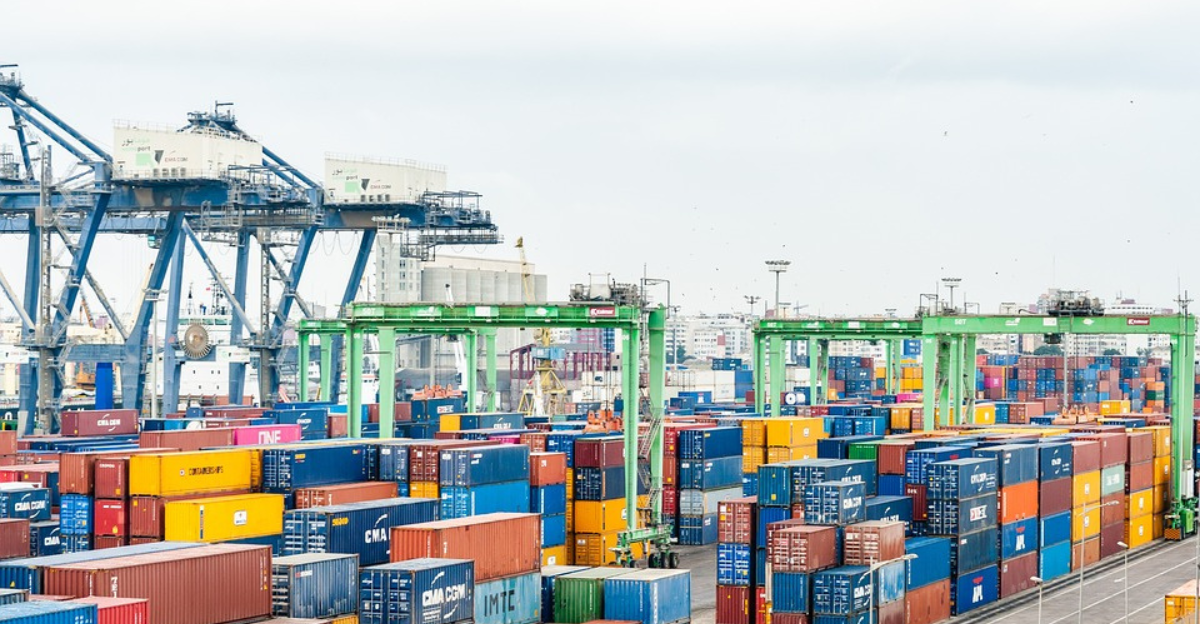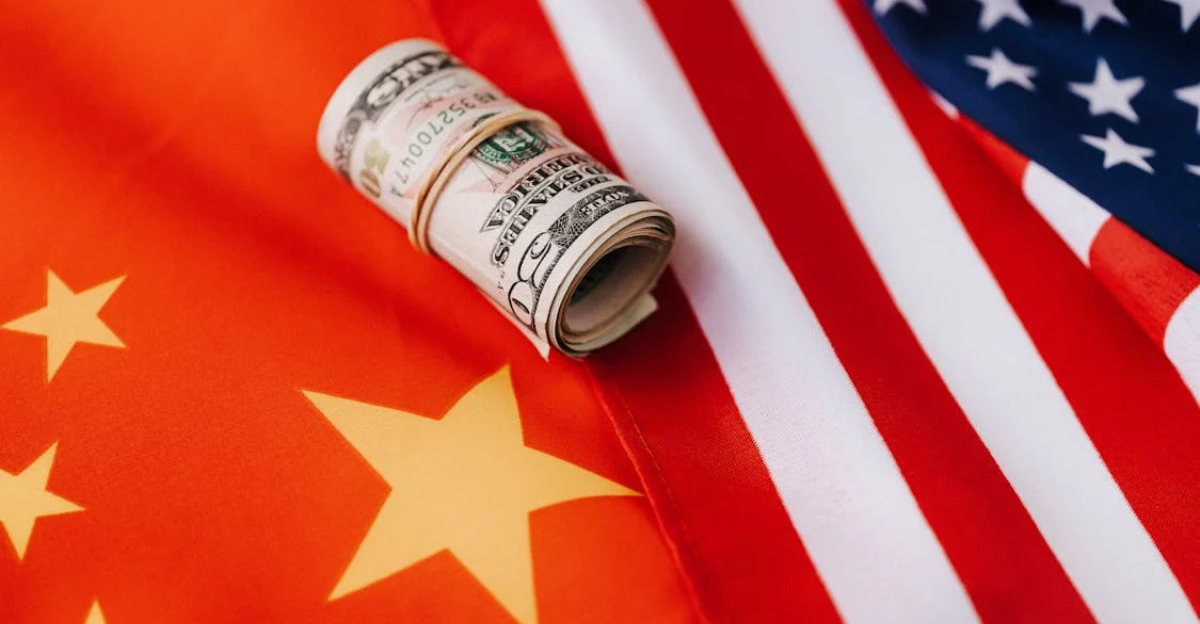
On the 9th day of April 2025, President Donald Trump imposed a 145% tariff on certain Chinese imports. This move was hailed by some as a long-overdue stand against unfair trade practices. The dust has since settled, and new agreements have been made to roll back tariffs on most Chinese goods to 30% for a 90 day period. Yet, the question on everyone’s mind is, “Will this still translate into real job growth for American workers?” After all, boosting domestic employment was a key justification for the tariff. This article will explore whether this daring trade move will truly benefit American labor or simply reinforce profits for corporations and shifts in global supply chains.
What Trump’s Tariffs Really Mean

Trump’s 145% tariff on Chinese imports was arguably one of the most aggressive trade actions in modern US history. The last time we saw anything even remotely close was the Smoot-Hawley Tariff Act of 1930, when President Herbert Hoover raised tariffs to nearly 60% on over 20,000 imported goods. From the benefit of hindsight, we know that it worsened the Great Depression by stifling international trade.
Yet in today’s context, Trump’s tariffs are being hailed as a “trade victory”. Supporters call it a trade victory because it reasserts American dominance in the global markets. Of course, the ultimate goal is to create more jobs and encourage domestic production, protect key industries, and rebalance a trade relationship long seen as one-sided. Will this work? Well, that is at the heart of the current debate.
Targeting China, But Hitting Supply Chains at Home

Although Trump is targeting China with tariffs, the impact is felt throughout the US supply chains, and this is no surprise at all. For starters, many American companies rely on affordable Chinese components and raw materials to create their products. The steep tariffs mean that these companies can no longer source them as easily.
The ripple effect? A rise in input costs, leading to potentially higher prices and production delays. Smaller manufacturers find it even more difficult to compete as they struggle to absorb these costs or find alternative suppliers quickly. Ironically, the same policy that was enacted to promote the US is now straining it.
Can High Tariffs Really Bring Jobs Back?

Theoretically, the impact of high tariffs should be a resurgence of domestic industries and the restoration of lost jobs. However, the reality isn’t as straightforward. Why? Well, first of all, modern manufacturing is increasingly automated. So, even if the factories return, they won’t employ as many workers as they once did.
Second, as we discussed earlier, higher tariffs could affect the supply chain, and potentially lead to higher costs of production and loss of labor.
Finally, as we’ve seen, targeted countries—like China—often retaliate with tariffs of their own, hitting U.S. exports and potentially causing job losses in sectors like agriculture, tech, and heavy machinery. So, while high tariffs may protect some jobs and cause a short-term revival in certain sectors, they alone can’t sustain long-term employment gains.
Are Corporations Pocketing the Gains?

So, if high tariffs do not automatically translate to job opportunities for workers, who gains from them? Large corporations, that’s who!
Many of these huge firms are already better positioned to handle tariff disruptions as they have diversified their operations globally. Additionally, some of them pass increased costs to consumers, who bear the brunt of the increase in tariffs by paying higher prices for the final product.
Again, instead of hiring a new workforce domestically, large corporations would go on to increase automation. Consequently, these high tariffs do not guarantee corresponding benefits for the American workforce.
How Large Corporations are Navigating the Supply Chain

After Trump’s 145% tariff on Chinese imports, many prominent American companies quickly sought to reduce exposure to Chinese manufacturing. How did they do this? Not by hiring new domestic labor; rather, many have relocated their base of operations to nations like Vietnam, India, Mexico, and Indonesia. By doing this, they maintain cost efficiency all the while avoiding tariffs.
Earlier this year, a survey by the American Chamber of Commerce found that about 30% of US companies in China were already moving manufacturing out of China because of the trade war. This figure is worrisome, as it has doubled from 2020. Here’s the kicker: although these companies are exiting China, some of them aren’t coming back to the US and are actually targeting other developing countries in Asia and Mexico.
So, what does this all mean? Although these tariffs may discourage trade with China, they don’t necessarily translate to domestic manufacturing and job creation.
The Impact on Exporters

Small and mid-sized exporters particularly in manufacturing and agriculture, often bear the brunt of these trade tensions. And, the ultimate result would be declining sales for exporters and lost competitiveness abroad. Eventually, this would undermine US job growth and economic stability.
Are There Better Ways to Create Jobs?

Tariffs are like a Band-Aid. They may offer quick and instant relief and protection, but many economists would argue that they don’t have a more sustainable effect on job creation and economic revitalization. Targeted industrial policies, on the other hand, show better promise. These policies invest in strategic sectors where the U.S. can be globally competitive. An example is the CHIPS and Science Act of 2022, which allocates over $50 billion to support domestic semiconductor manufacturing and research.
Another promising area is green energy investment. According to the US Department of Energy, clean energy jobs have outpaced fossil fuel employment in recent years. It goes to say, then, that investments in this sector can yield significant growth in the coming years.
Conclusion: Was it Really a Win?

While addressing long-standing grievances and showing economic doggedness, the United States may have achieved a symbolic trade win with the imposition of tariffs on Chinese imports. But a more nuanced picture emerges when considering the wider implications. Some industries may be temporarily protected, but many American companies are faced with increased expenses, supply chain disruptions, and fewer export prospects. Many factories are leaving the United States for other low-cost economies, and most are not coming back. Ultimately, tariffs by themselves are unlikely to provide significant or long-lasting employment growth. The “win” was real, so are the consequences.
Discover more DIY hacks and style inspo- Follow us to keep the glow-up coming to your feed!

Love content like this? Tap Follow at the top of the page to stay in the loop with the latest beauty trends, DIY tips, and style inspo. Don’t forget to share your thoughts in the comments — we love hearing from you!
